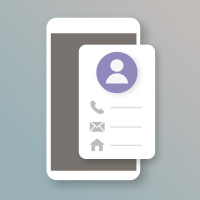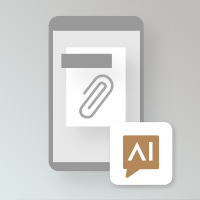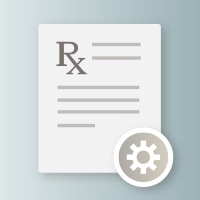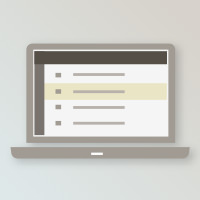When you’re rounding, following up on a patient, or just trying to make a quick call, pulling up patient contact info shouldn’t slow you down. Until now, accessing patient details on your device outside of Atlas.md Mobile meant having to copy everything manually. Today, we’re changing that.
We’ve added a new option in Atlas.md Mobile that lets you store patient contact information directly to your device.
With just a tap, phone numbers, email addresses, and more sync straight into your native contacts app—along with cloud backup, address book lookups, and full caller ID support.
Let’s say you’re waiting on a call from a specific patient. With their contact information saved locally, your phone will recognize the number before you even pick it up. No more mystery calls or missed connections. Just clear, immediate context right when you need it.
It also means you can reach out however you like: via call, text, or email using the tools you already rely on. And because it’s all stored locally, your patient contacts are still accessible even when you’re offline.
Check out our support article for more information. And if you have any questions, please don’t hesitate to reach out at support@atlas.md.



